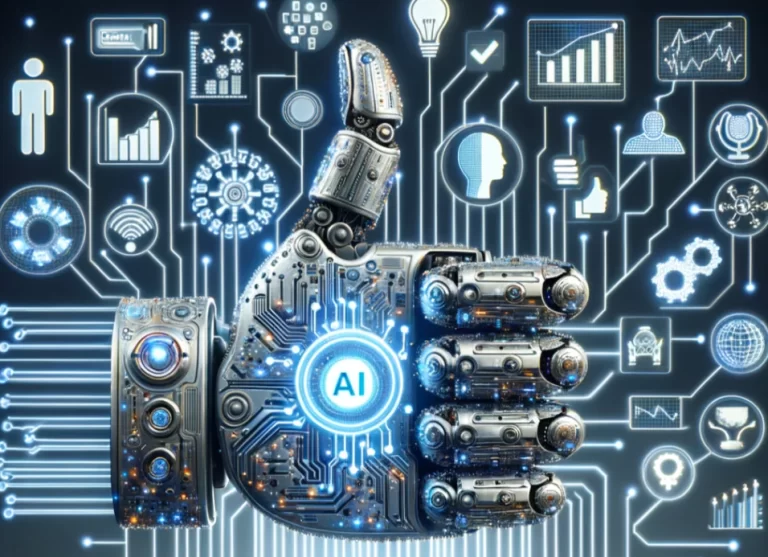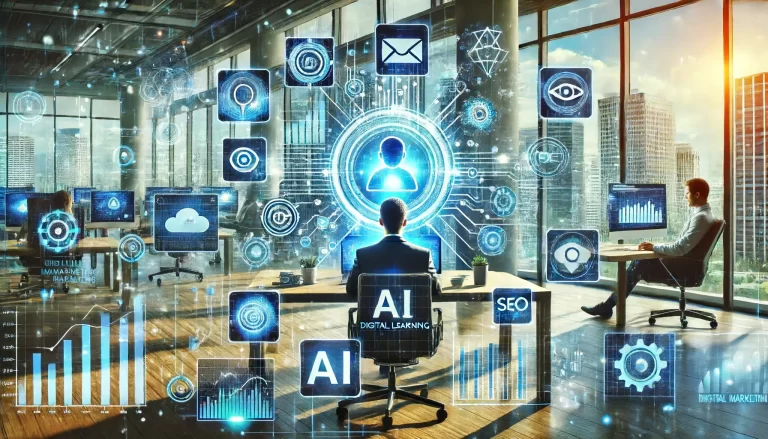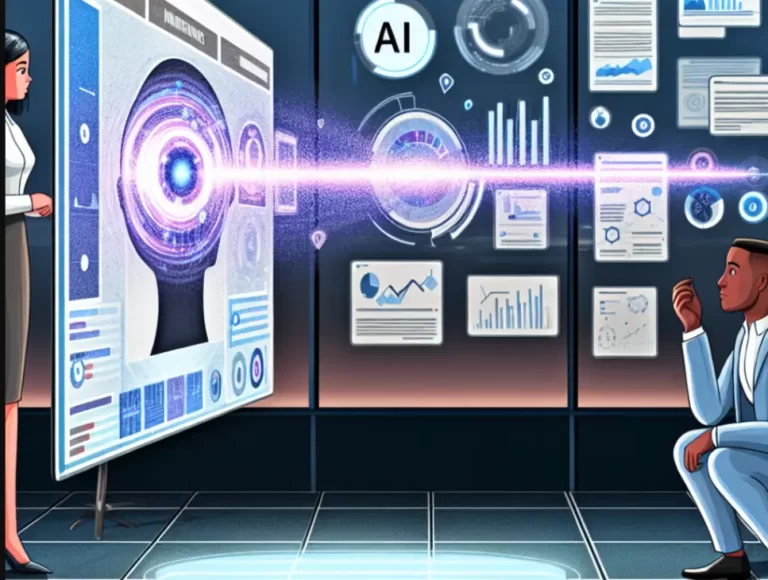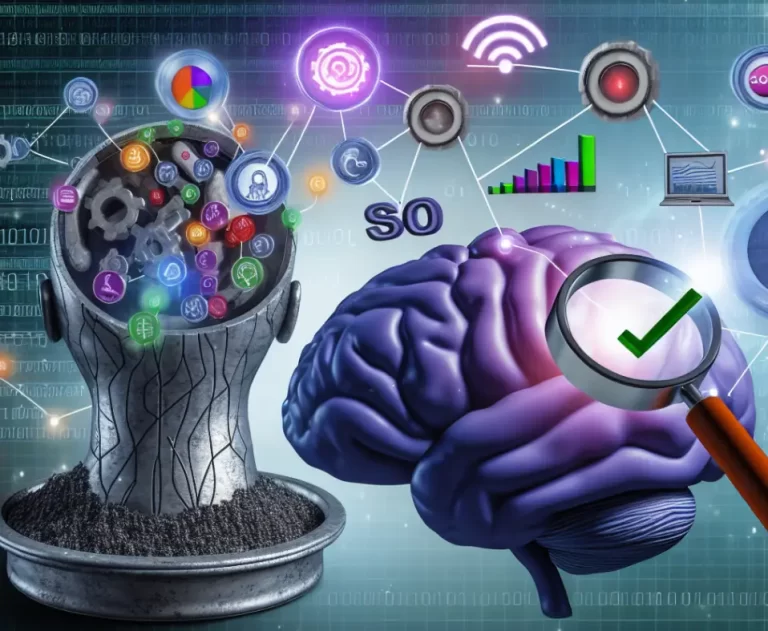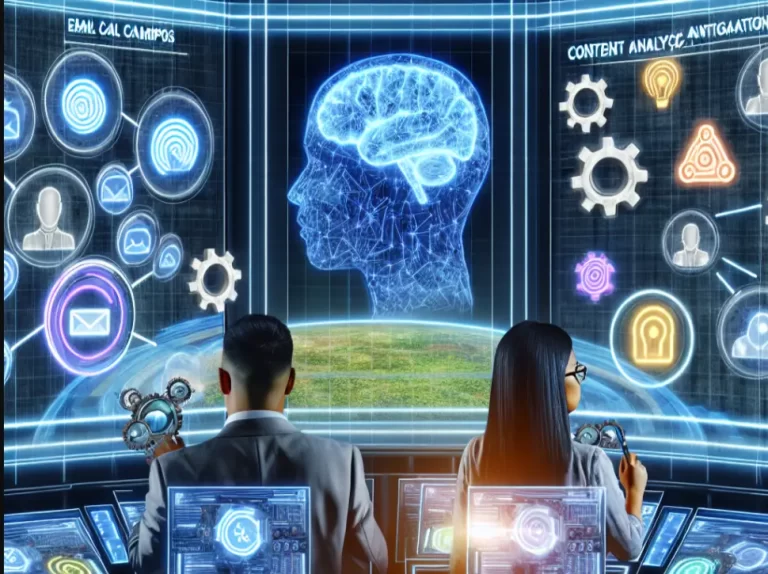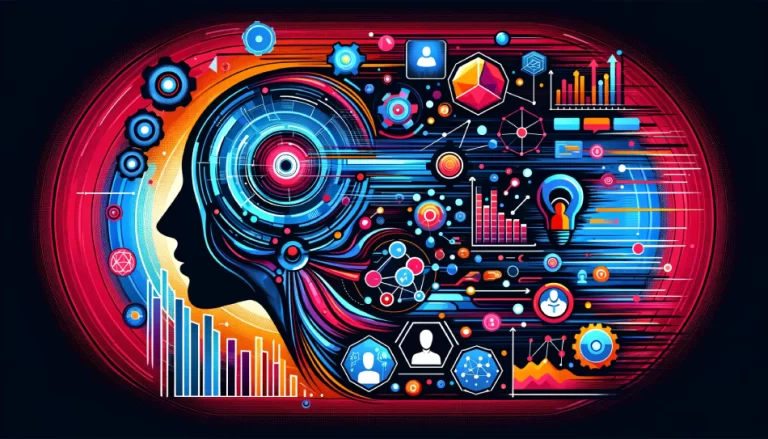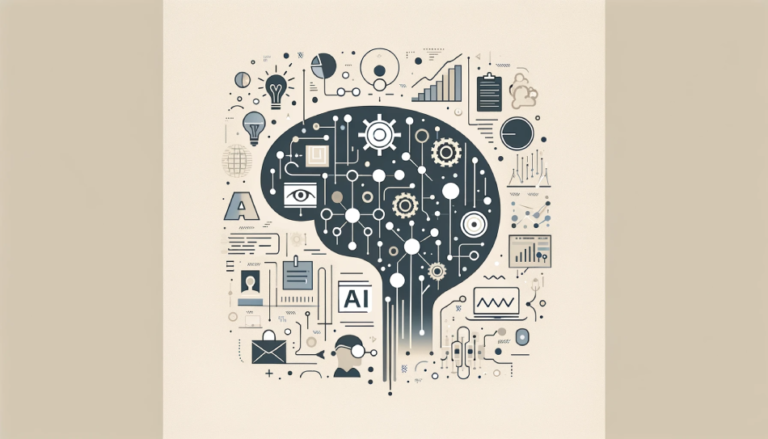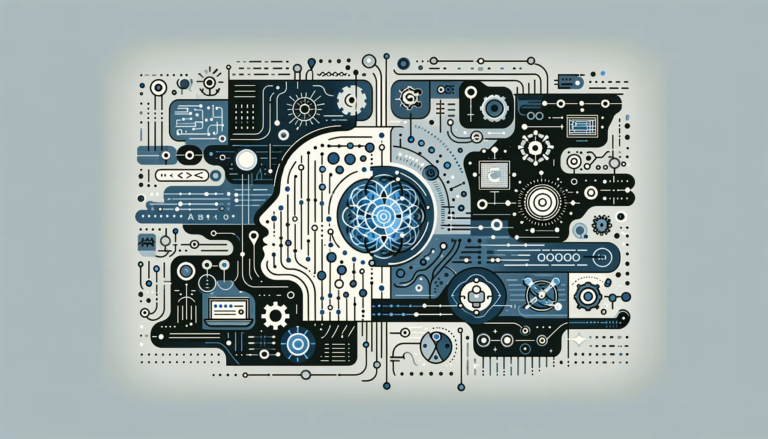The Voice of Tomorrow
How Generative AI is Shaping the Soundscapes of the Future

In the symphony of the digital age, there is a new instrument rising above the rest—the human voice, refined and replicated by the artistry of Generative AI. The textual confines that once framed our interactions with technology are dissolving, giving way to a future where voice-based interactions become the maestro of user experience. This blog post dives into the sonic revolution brought on by Generative AI and its profound implications for society.
Harmonizing with Generative AI
Imagine engaging with technology not through the sterile clicks of a keyboard but through the warm cadence of human speech. Generative AI is tuning into our voices, learning the subtleties of tone, emotion, and inflection. In this evolution, voice becomes a bridge between human intent and digital response, creating a dialogue that is as natural as conversation with an old friend.
The Crescendo of Convenience
The ease of voice interaction is undeniable. As Generative AI becomes more adept at understanding and generating human speech, the potential for hands-free, eyes-free communication opens up. This is not just an incremental change; it’s a leap towards a future where accessibility is not a feature but a fundamental aspect of every technological encounter.
The Ensemble of Voices
Generative AI promises a chorus of voices, each tailored to personal preferences or specific tasks. These AI-generated voices can speak in any language, dialect, or tone, embodying the diversity of human expression. This variety is not just about customization; it’s about creating an inclusive technological ecosystem that resonates with every individual.
The Symphony of Sectors
The impact of voice-enabled Generative AI echoes across various sectors. In healthcare, it offers companionship and assistance to those in need. In education, it provides interactive learning experiences that engage and inspire. In business, it streamlines operations and enhances customer service. Each sector becomes a movement in the grand symphony of AI innovation.
The Dynamics of Data
The backbone of this sonic shift is data—the vast datasets of human speech that Generative AI learns from. However, as with any powerful tool, there is a responsibility to handle this data with care, ensuring privacy and security in every note and nuance.
The Rhythm of Relationships
As voice-based interactions become more prevalent, the nature of our relationship with technology changes. Devices transform from inanimate objects to conversational partners, participating actively in our daily lives. This new dynamic has the potential to create stronger bonds of trust and reliance between humans and technology.
The Tempo of Transformation
The transition to voice-based interactions won’t happen overnight. It requires a tempo that synchronizes with user adaptation and comfort. However, once in full swing, this change could revolutionize the way we interact with the digital world, much like the shift from desktop to mobile did.
The Melody of Ethics
With this technological leap comes a score of ethical considerations. How do we ensure that AI-generated voices do not deceive or manipulate? How do we maintain the authenticity of human communication? These are the melodies that must harmonize with the technical advancements of Generative AI.
The Chorus of Challenges
No revolution comes without its dissonances. The challenges of integrating voice into Generative AI are complex, ranging from technical hurdles to social readiness. It will take a concerted effort from AI developers, businesses, and society at large to orchestrate this transition.
In Conclusion
The voice of the future, powered by Generative AI, is poised to sing a tune of transformation. It’s a vision of technology that speaks to us, literally and metaphorically, breaking down barriers and building up connections. As we stand on the cusp of this vocal revolution, let us listen closely to the promises it holds and ensure that the future of voice is as harmonious as it is revolutionary.




